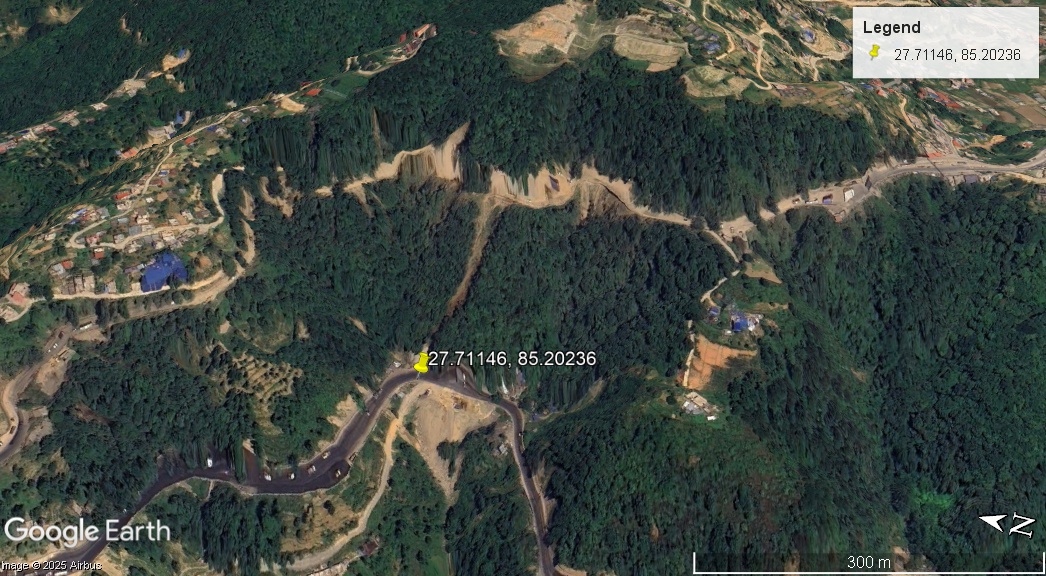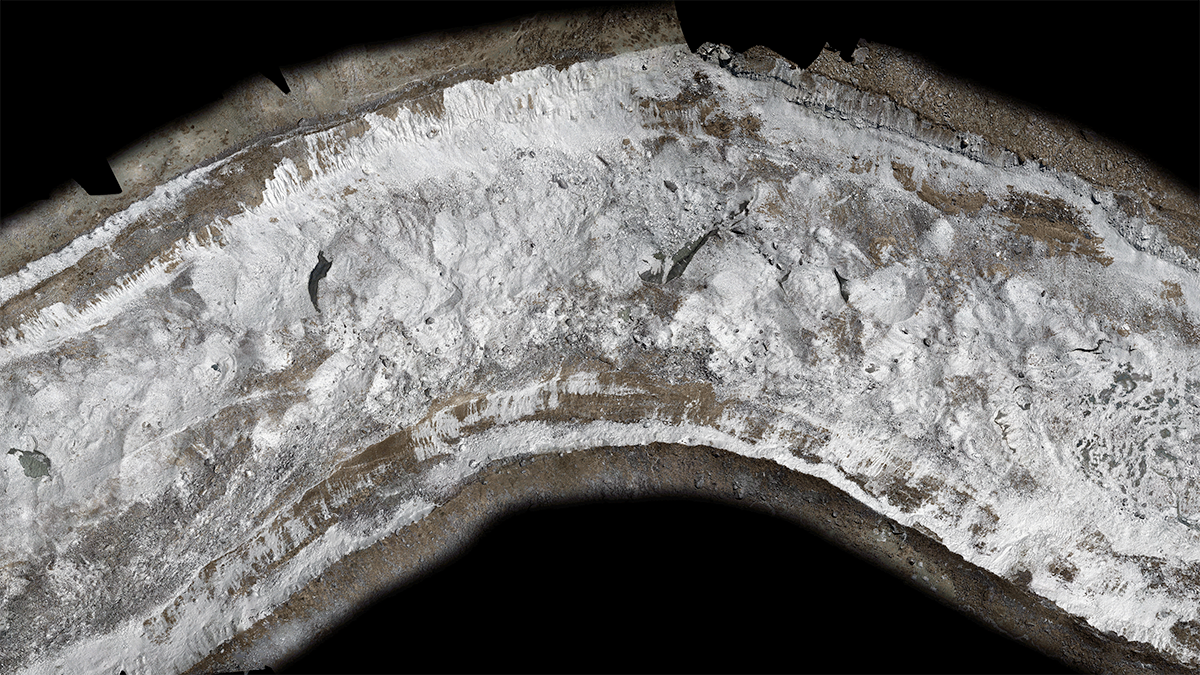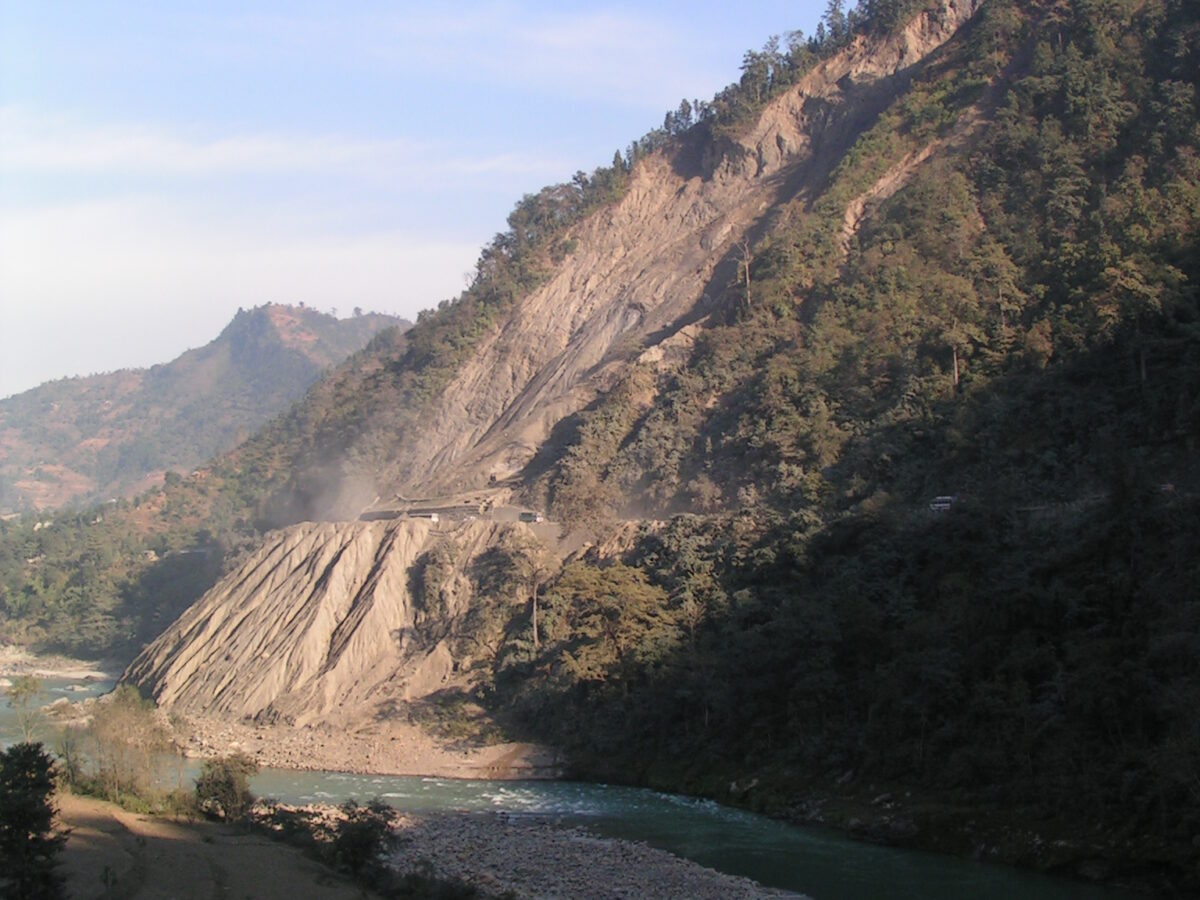Very heavy rainfall across Nepal, NE. India and Bhutan has triggered landslides that have killed at least 60 people. Over the last few days, parts of the Himalayas have been hit by very high levels of rainfall, causing large numbers of damaging landslides. The picture is not yet fully clear, but Nepal and Bhutan, and […]
Nepal
The devastating 26 to 28 September 2024 rainfall event in Nepal
The most severe rainfall event ever recorded in Nepal impacted about 2.6 million people, causing losses of US$370 million and about 270 lives. Between 26 and 28 September 2024, a devastating late monsoon rainfall event in Nepal triggered hundreds of landslides. In landslide terms, this was the most serious event recorded in Nepal outside of […]
The 8 July 2025 catastrophic flood at Rasuwagadhi in Nepal
Yesterday, catastrophic flood swept down the Bhote Kosi river through Tibet and Nepal. At least 28 people have been killed. There is speculation that this might have been a GLOF. On 8 July 2025, a catastrophic mudslide / flood suddenly struck the Rasuwagadhi border crossing point between Tibet and Nepal, causing extensive damage. The Himalayan […]
The Complex Evolution of Debris-Covered Glacier Surfaces
A first look at how the surfaces of debris-covered glaciers evolve over time from six years of drone surveys in the Nepal Himalaya.
Climate Change Amplified the Effects of Extreme Rainfall in Nepal
A new study indicates that rapid urbanization and deforestation also contributed to devastation caused by floods and landslides in 2024.
The impact of the 26 to 28 September 2024 rainfall event in Kavre, Nepal
The Landslide Blog is written by Dave Petley, who is widely recognized as a world leader in the study and management of landslides. As I have noted previously, between 26 and 28 September 2024 Nepal suffered an extraordinary rainfall event that triggered thousands of landslides, killing over 200 people. The cause was a heavy rainstorm […]
The 26 to 28 September 2024 landslide disaster in Nepal
The Landslide Blog is written by Dave Petley, who is widely recognized as a world leader in the study and management of landslides. On 26 to 28 September 2024, Nepal was struck by exceptional late monsoon rainfall, inducing landslides and flooding across a wide swathe of the country. The rescue operation is still ongoing, but […]
Fatal landslides in Nepal in 2024 to date
The Landslide Blog is written by Dave Petley, who is widely recognized as a world leader in the study and management of landslides. As loyal readers of this blog are aware, I have long had a particular interest in landslides in Nepal. This is partly because of my long term research links to that country, […]
The 12 July 2024 landslide at Simaltal in Nepal
The Landslide Blog is written by Dave Petley, who is widely recognized as a world leader in the study and management of landslides. There are reports in Nepal of a major landslide disaster in the Simaltal area of Chitwan district. The reports indicate that at 3:30 am a landslide struck two buses travelling along the […]
Forests, Water, and Livelihoods in the Lesser Himalaya
Complex changes in land use, land cover, climate, and demographics are combining to stress water security for millions of people in the region.









